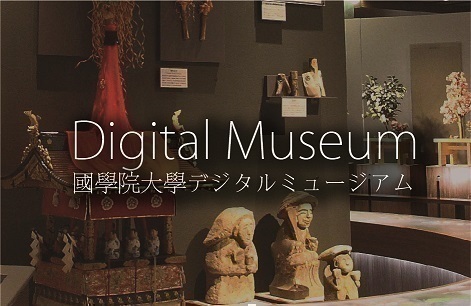- トップ
- Encyclopedia of Shinto
- Ennōkyō
Encyclopedia of Shinto
| Main Menu: | |
| Links: |
詳細表示 (Complete Article)
| カテゴリー1: | 8. Schools, Groups, and Personalities |
|---|---|
| カテゴリー2: | Modern Sectarian Groups |
| Title | Ennōkyō |
| Text | A new religious movement founded by Fukada Chiyoko (1887-1925). Fukada began her religious activities in 1919 after receiving a divine revelation that directed her to serve as the messenger of the gods and their vessel on earth. For five and one-half years, Fukada employed her own unique style of esoteric rituals and spiritual powers to perform faith healings and other marvels, and attracted and trained disciples through her personal charisma. After her death in 1925, Fukada's disciples established the Ennō Hōshukai, which changed its name to Ennō Shūhōkai in 1931. A separate group, the Ennō Hōonkai was organized in 1933. In 1941 both societies had to be dissolved under the provisions of the Shūkyō Dantaihō (Religious Organizations Law of 1940), and as a result, some followers became devotees of the Rinzai Buddhist temple Ryōunji which had been Chiyoko's family temple (bodaiji). In 1947, the group Ennō Shūhōkai was revived and in the following year, Ennōkyō was also organized under the aegis of the Religious Corporations Ordinance (Shūkyō Hōjinrei), and it merged shortly thereafter with the Ennō Hōonkai. In 1952 the group acquired the status of an independent religious corporation under the Religious Corporations Law. In the postwar period the movement was organized around Chiyoko's eldest son Fukada Chōji (1908-76), and it attracted followers especially in the region from Kansai to western Japan; since that time it has participated enthusiastically in the activities of the Federation of New Religions (Shinshūren). In 1976, Fukada Chōji died and his eldest son Fukada Mitsuhiro (1937- ) took office as its second leader. Central to Ennōkyō's proselytising activities is the practice known as shūhō, which takes on two forms in Ennōkyō. One is the individual practice of venerating the "great parent" (ōmioya) as a focus of faith, and the second is practice of spiritual teacher and follower facing each other in a kind of mutual worship. The latter form of practice takes place each month at the group headquarters and all branch churches, and is used as a means of spreading the movement's teachings. In this practice of shūhō, scriptures (kyōmon) are recited by the movement's spiritual teachers, involving a unique intonation said to be produced in accordance with the "spirit guidance of the founder"; through these scriptures and the explanations of them that follow the recitation, followers are able to acquire the insights toward overcoming personal problems. Headquarters:Hyōgo Prefecture Nominal membership: approximately 440,000. -Isooka Tetsuya |




